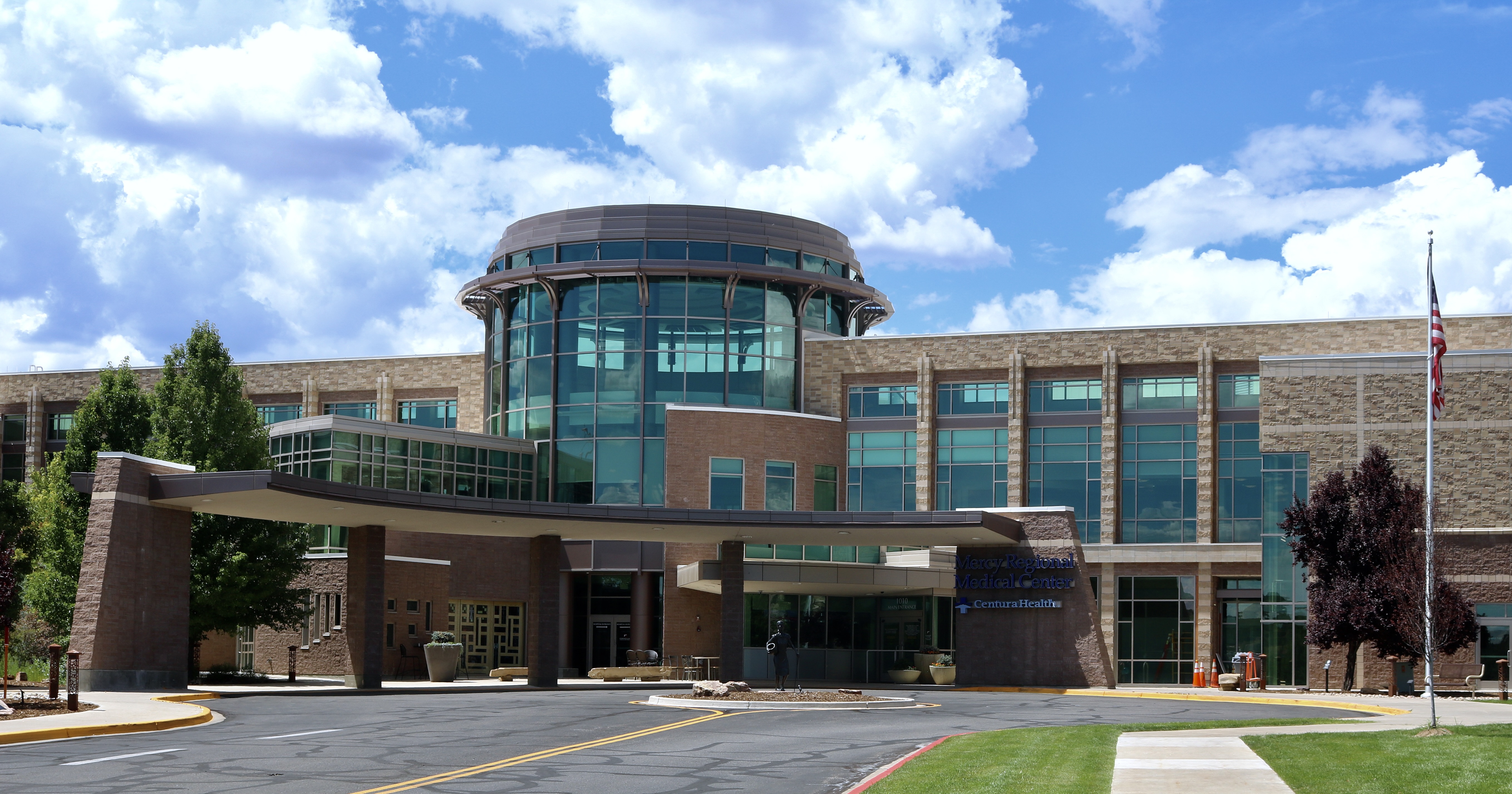With an estimated 25%, or 1 in 4 strokes considered "wake up strokes," where the patient wakes up to find they've suffered deficits and are unsure how long it has been since symptom onset, it's no wonder treatment of these patients is a hot topic of conversation. Without a known onset time, conventional wisdom suggests we should not treat with tPA. However, A recent prospective study published in Annals of Neurology, challenged this idea and examined the safety of treating wake up strokes with rtPA.
 The study enrolled 40 wake up stroke patients with disabling deficits, ages 18 to 80. Patients had National Institutes of Health Stroke Scale (NIHSS) ≤25, and were selected only on the appearance of noncontrast CT. Intravenous rtPA was administered within three hours of patient awakening. The primary safety outcome was symptomatic intracerebral hemorrhage (sICH) with pre-planned rules and for stopping and with data safety board oversight. Other endpoints were: asymptomatic intracerebral hemorrhage; clinical improvement in NIHSS; and 90-day modified Rankin Scale (mRS) score.
The study enrolled 40 wake up stroke patients with disabling deficits, ages 18 to 80. Patients had National Institutes of Health Stroke Scale (NIHSS) ≤25, and were selected only on the appearance of noncontrast CT. Intravenous rtPA was administered within three hours of patient awakening. The primary safety outcome was symptomatic intracerebral hemorrhage (sICH) with pre-planned rules and for stopping and with data safety board oversight. Other endpoints were: asymptomatic intracerebral hemorrhage; clinical improvement in NIHSS; and 90-day modified Rankin Scale (mRS) score.
The enrolled patients, who were examined over a three year period, had a mean age of 60.8, median NIHSS of 6.5 (range, 2–24), and received thrombolysis at a mean time of 10.3 ± 2.6 LSN and 2.6 ± 0.6 hours from awakening with deficits from stroke. The authors found that no sICH or parenchymal hematomas occurred. At 3 months, 20 of 38 (52.6%) patients achieved excellent recovery with mRS scores of 0 or 1.
The authors concluded that intravenous thrombolysis was safe in this study of patients selected by noncontrast CT after wake up stroke and that a randomized effectiveness trial appears feasible following a similar design.
What are your thoughts on this approach? What concerns do you have? What alternatives would you suggest? We'd love to hear your thoughts!

 Brittney Nelson, BSN, RN, SCRN
Brittney Nelson, BSN, RN, SCRN

 The study enrolled 40 wake up stroke patients with disabling deficits, ages 18 to 80. Patients had National Institutes of Health Stroke Scale (NIHSS) ≤25, and were selected only on the appearance of noncontrast CT. Intravenous rtPA was administered within three hours of patient awakening. The primary safety outcome was symptomatic intracerebral hemorrhage (sICH) with pre-planned rules and for stopping and with data safety board oversight. Other endpoints were: asymptomatic intracerebral hemorrhage; clinical improvement in NIHSS; and 90-day modified Rankin Scale (mRS) score.
The study enrolled 40 wake up stroke patients with disabling deficits, ages 18 to 80. Patients had National Institutes of Health Stroke Scale (NIHSS) ≤25, and were selected only on the appearance of noncontrast CT. Intravenous rtPA was administered within three hours of patient awakening. The primary safety outcome was symptomatic intracerebral hemorrhage (sICH) with pre-planned rules and for stopping and with data safety board oversight. Other endpoints were: asymptomatic intracerebral hemorrhage; clinical improvement in NIHSS; and 90-day modified Rankin Scale (mRS) score.
![[PRESS RELEASE] Published Research Finds Up to 31% Faster STEMI Treatment Times in Rural Hospital Setting with Pulsara](https://www.pulsara.com/hubfs/_1_website-page-blog-assets/pulsara-hosp-teams-assign-cardio-stemi-rn-1200x701.jpg)

